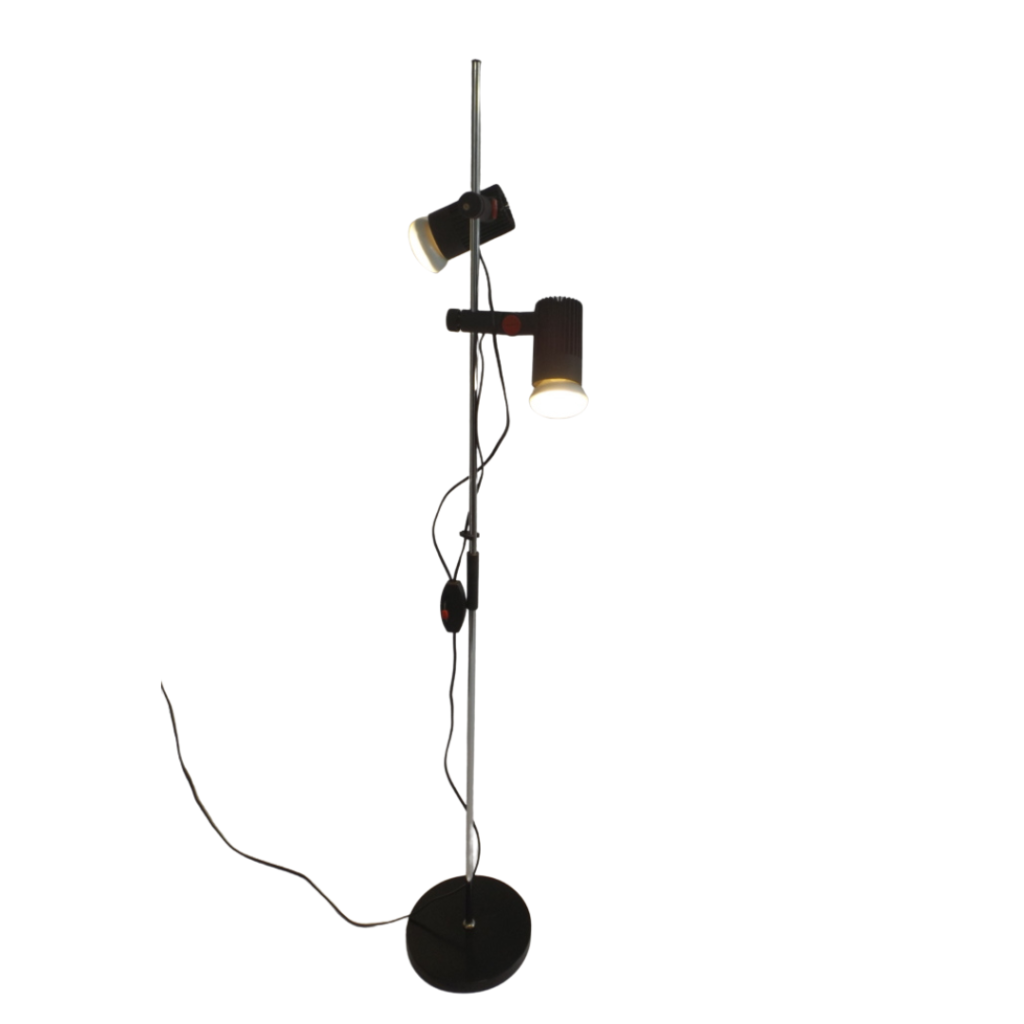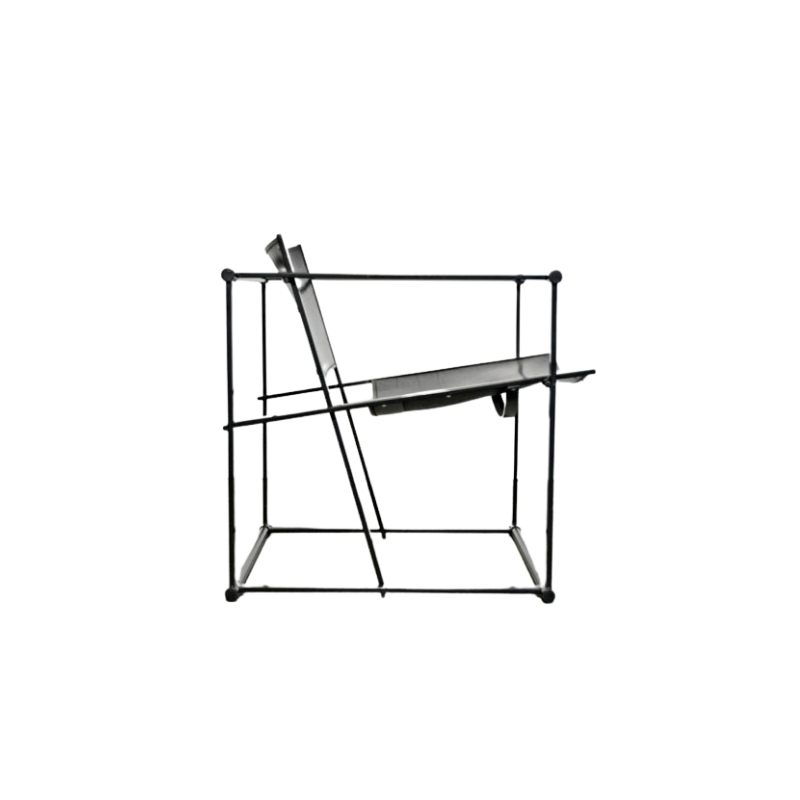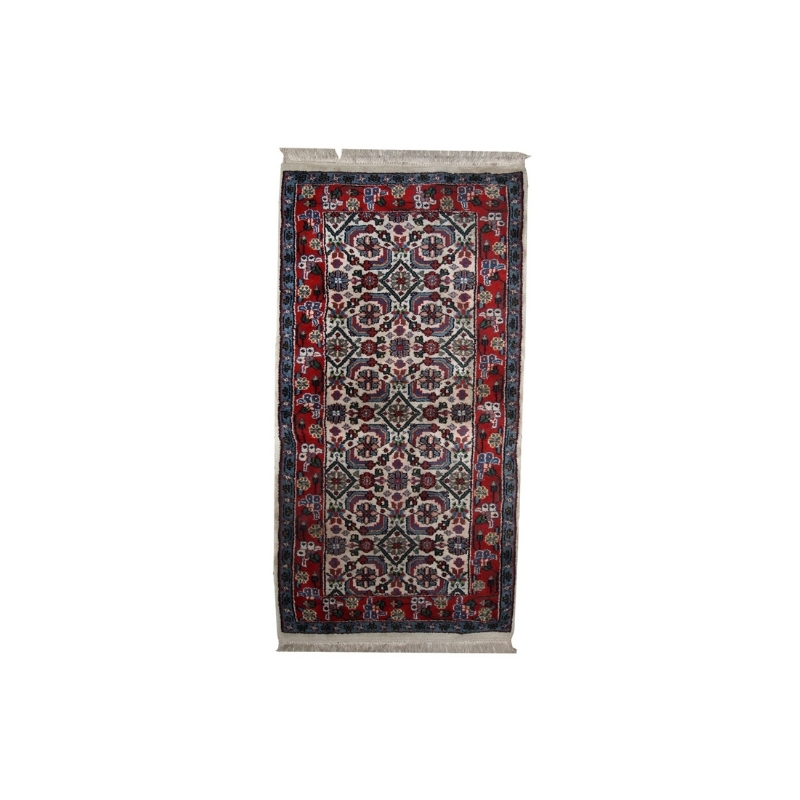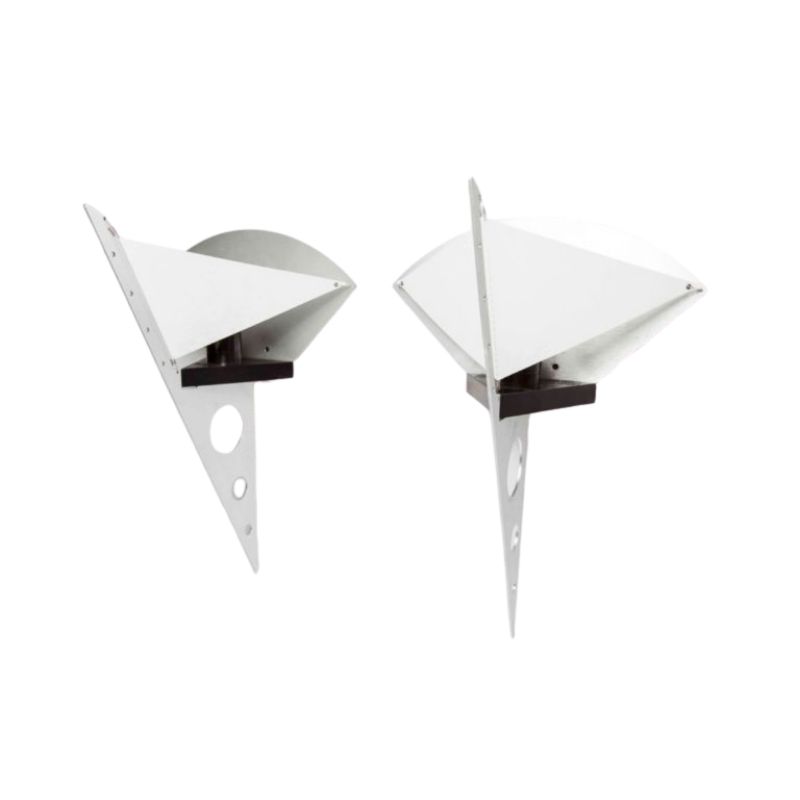There's a very special place in hell for those who paint a room without first removing their wall-mounted shelving system.
I just spent a couple of hours removing old dried paint from the wood standards of a vintage system.
My usual method is steel wool, Oz furniture cream, and elbow grease-- anyone got an easier, quicker method? (Without completely destroying the finish, that is--)
If the paint
rises from the surface in lumps or ridges, you may be able to shave off some of the excess first, by gliding a razor blade at a low angle, protecting the finished surface with a piece of card or paper under the blade that slides with it, or by wrapping the blade at one or both ends with various thicknesses of tape.
% of population with same thoughts?
Damned if I know....but you have company on this. For the love of an Almighty at least drape an old bed sheet over *it* before painting.
I just scored a haggard Arne Iversen desk (bless the lady who sold it to me). Lots of paint speckles. I got 1/3 off one one side using the razor method and some Goo Off Gel. Too tedious! Must be a better method.
A while back, a friend had a walnut desk and I watched him use lysol spray...seemed to flake off after some applying/wiping repeat. Getting a can tomorrow to test this myself.
Both methods (Goo Off & Lysol)hasn't shown any damaging effects on the wood or varnish...that I know of...yet still concerned. Perhaps SDR or someone can chime in on this.
Chemicals
always raise concern over unknown reactions between materials. For that reason I like mechanical means when possible. But there are a number of magic solutions involving chemical substances old and new; it's just a matter of being well advised. It would be essential to know what manner of finish is present that one was trying not to damage. . .
I'm blissfully ignorant of many such solutions, I'm sorry to say. But I was able to assure a woman the other day that she could safely use paint thinner (mineral spirits) on her silver Boxter to remove some road tar from the rocker panels. Everyone has had some useful experiences to share, I believe.
People in England never seem ...
People in England never seem to use covers above floor height when decorating! My personal choice is the small blade from a swiss army knife (i suppose a leatherman would do at a push) with a bit of practice you can use the point to winkle off the paint spatter.
That didn't work
Got some lysol spray...DON'T USE IT on teak
Guess it works on a different finish, but certainly not danish oil.
Tried Goof-Off as suggested by my local hardware store rep. Same result. NOT FOR TEAK!
Both acted as disolvers...melting away the finish, but not the paint. I also tried denatured alcohol...no effect.
Your Lysol suggestion
sounded like such a harebrained, implausible solution that I was half-ready to believe it. ("That's preposterous... therefore it MUST work!")
When there's smchmutz (that's Yiddish for 30 year-old dried paint, among other things) to remove, and a finish to retain, I guess there's no substitute for hand-applied friction and a practiced eye.
Sigh.
Sheeeesh
Lysol has worked in the past, I'm a witness. It apparently isn't so good with Danish teak furniture.
The piece I tested these methods on already needs an overhaul. Felt the experimentation was a worthy step forward in self education. Care to see the piece and comment on it?
Manual work doesn't phase me...but I'm sure we can agree easier is sometimes helpful...especially when we're talking up to or over a hundred paint speckles (I'm not about to count while jousting them with razor blades & swiss army knives).
Razor blades are excellent to use on spatter & raised "globs"
I didn't mean to dismiss your suggestion.
My most recent project consisted of pieces that had been HEAVILY swabbed with paint, a fate specific to wall-mounted stuff, when people are too lazy to remove it before painting.
It's exasperating to spend hours slowly rubbing off paint, particularly when it results from the spectacularly bad paint job of a blind, lazy, ham-handed painter. Grrr.
Woof Woof--
I didn't intend my post to sound as sarcastic as it apparently did-- I really DID believe you when you said Lysol removes dried paint, and was disappointed when you reported your results.
Home remedies often sound ridiculous, even if they ARE effective-- peanut butter used to remove chewing gum, hemorrhoid cream smeared around the eye to look youthful, etc...
You know....wood is really strong....
Let's say you had to strip awful paint from a piece of wood furniture that you have to sand smooth anyhow, one of the caustic Zip-Strip-like products will remove the paint and not damage the wood, really. All you'll have to do is to sand the wood smooth and reapply a finish (whether it's oil, stain or an artificial sealer).
If, however, you're trying to remove a bit of paint from an otherwise good condition wood surface, the Zip-Strip-like products will also remove the finish from your wood piece.
LRF can tell you...wood refinishers use the same nasty caustic stuff to remove paint on wood to be refinished.
If you need any help, please contact us at – info@designaddict.com









